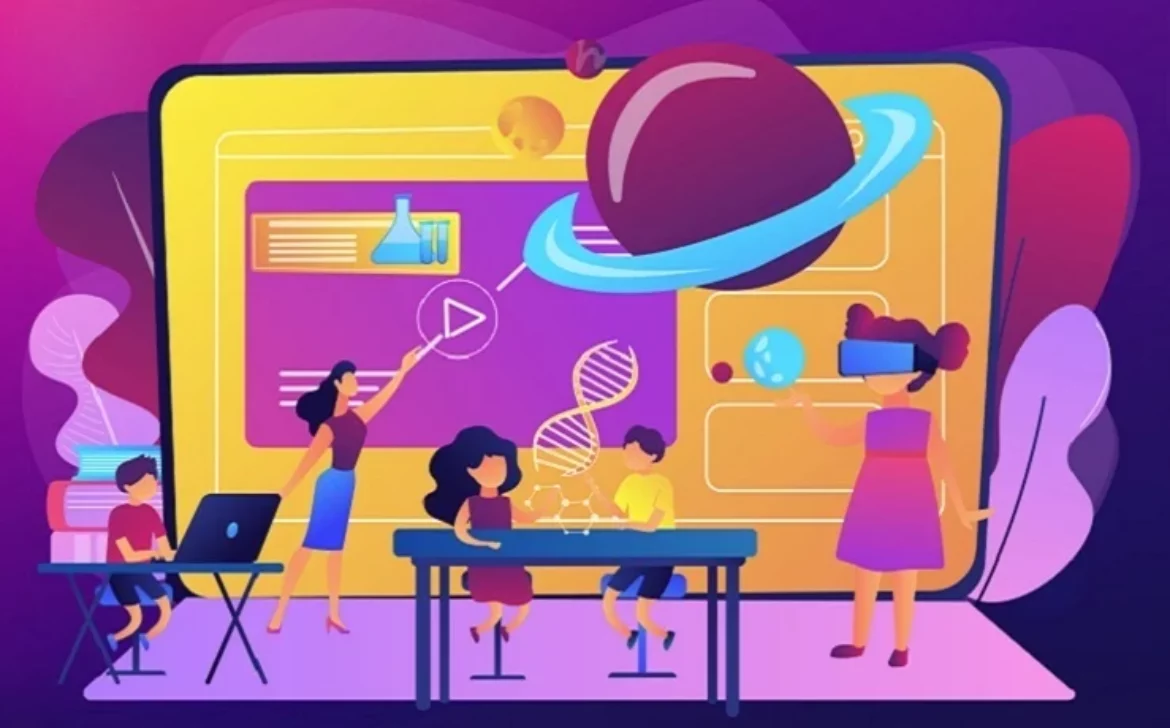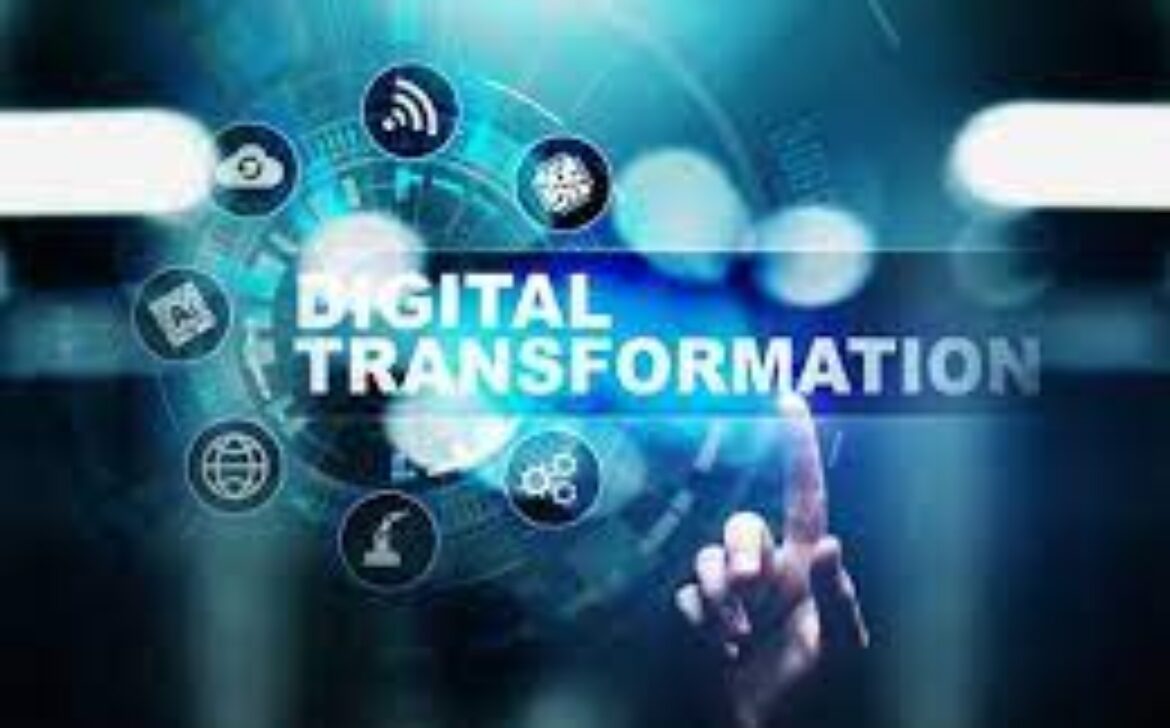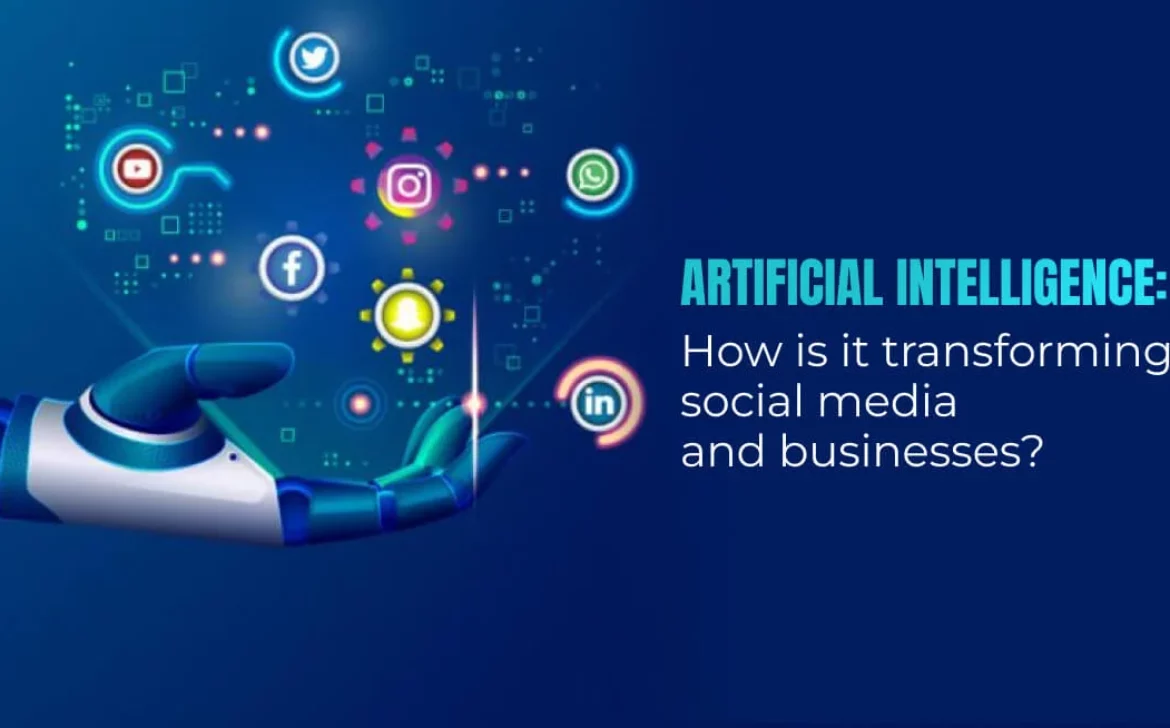Cryptocurrency: Shaping the Future of Currency
Introduction
Cryptocurrency is redefining global finance. Learn how digital money, powered by blockchain technology, is set to reshape the future of currency. This comprehensive guide explores the promises and complexities of cryptocurrencies in a rapidly evolving financial landscape.
The Rise of Cryptocurrency
From the pioneering Bitcoin in 2009 to the diverse range of cryptocurrencies today, discover the origins and evolution of digital money. Explore how blockchain technology underpins these virtual currencies, enabling secure and decentralized transactions.
Cryptocurrency as a Future Currency
- Global Accessibility: Understand how cryptocurrencies break down geographical barriers, allowing seamless cross-border transactions and empowering underserved populations with financial inclusion.
- Security and Privacy: Explore the built-in security mechanisms of blockchain that safeguard transactions and data privacy, revolutionizing the way we transact online.
- Decentralization: Learn how cryptocurrencies operate outside the traditional realm of central banks, providing protection against inflation and economic manipulation.
- Financial Inclusion: Discover how digital currencies extend economic opportunities to unbanked communities, fostering economic growth and reducing disparities.
- Reduced Transaction Fees: Delve into the economic advantages of cryptocurrency transactions, with lower fees and reduced reliance on intermediaries.
- Smart Contracts: Uncover the transformative potential of smart contracts, self-executing agreements that streamline business operations and enhance efficiency.
Challenges and Considerations
- Volatility: Navigate the world of cryptocurrency’s price volatility, exploring both its potential for lucrative investments and its impact on financial stability.
- Regulatory Uncertainty: Understand the global regulatory landscape and the challenges governments face in adapting to this disruptive technology.
- Security Concerns: Examine the vulnerabilities of cryptocurrency exchanges and wallets, and learn how to mitigate risks through secure practices.
- Environmental Impact: Explore the energy consumption associated with proof-of-work cryptocurrencies and the industry’s efforts to adopt eco-friendly alternatives.
- User Education: Discover the importance of educating users about cryptocurrency fundamentals, including wallet management and security practices.
The Future Landscape
Cryptocurrency’s future is bright. Learn how central bank digital currencies (CBDCs) are poised to revolutionize traditional currency systems, and anticipate the widespread adoption of decentralized finance (DeFi) solutions.
Conclusion
Cryptocurrency is not just a financial innovation; it represents a paradigm shift in the way we perceive and transact with money. As the world navigates challenges and embraces opportunities, the role of cryptocurrency in reshaping the global financial landscape cannot be underestimated. This guide provides insights into the journey ahead, where digital currencies stand to redefine the future of currency and transform the way we engage with financial systems worldwide.










